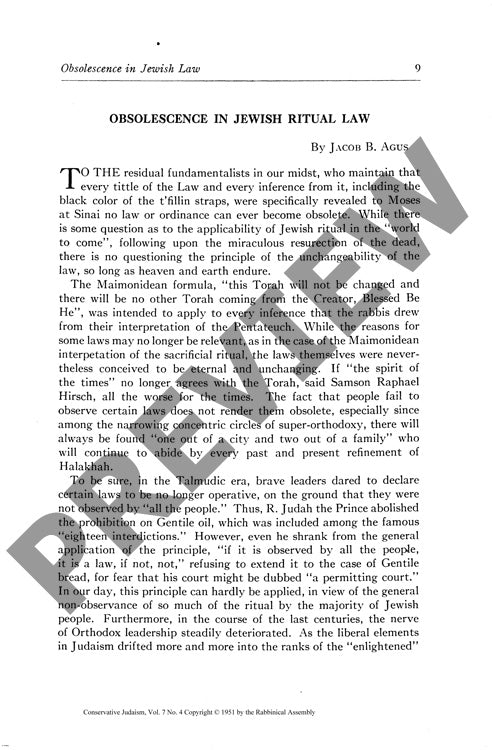Obsolescence in Jewish Ritual Law
Couldn't load pickup availability
Jewish ritual law faces a growing crisis of practicality in modern Orthodox communities, where strict legal interpretations increasingly clash with everyday religious practice. Through analysis of responsa literature and Orthodox legal decisions from the past century, stark inconsistencies emerge between traditional halakhic rulings and contemporary observance. Numerous requirements have become effectively obsolete - from prohibitions on machine-made matzah to detailed restrictions on gender interactions and synagogue architecture - yet remain technically binding under Orthodox interpretation. Rather than formal rabbinical legislation, these laws have largely faded through popular disuse, creating a widening gap between theory and practice. The evidence reveals that strict halakhic interpretation has reached a "cul-de-sac," rendering detailed legal codes impractical for contemporary Jewish life. A path forward requires reintegrating Jewish law into its broader aggadic context, viewing ritual as an instrument rather than the goal of religious living. This approach acknowledges that consistent "leniency" in legal interpretation must draw upon principles beyond halakhah itself, incorporating sociological realities and rational substance into decision-making. The research demonstrates that Jewish law functions as a dynamic, historically-conditioned system that must evolve to maintain relevance in contemporary religious practice.

More Information
-
Physical Description
-
Publication Information
Published 1951
ISBN
-
Publication Credits
Jacob Agus

